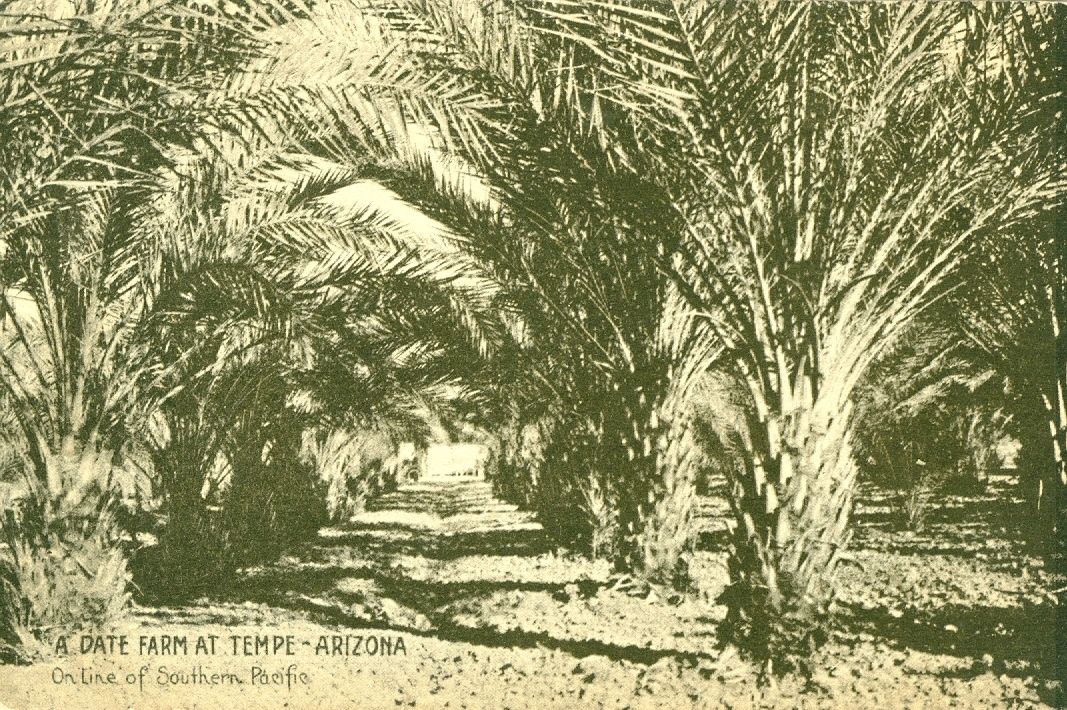
History of Dates in America
Date fruits have been a huge part of the in the Middle Eastern cuisine for thousands of years — with evidence of their cultivation in ancient Mesopotamia as early as 4000BC. However, their introduction to America came much later; but historians’ beliefs on exactly when tend to differ. Some research shows dates were brought to California and Mexico by the Spaniards in 1765. According to the National Geographic, however, the Medjool date and Deglet Noor date were brought to the United States via California in the 1900s by agricultural explorer Walter Swingle.
Shortly thereafter, dates’ history in Arizona began to take shape with Roy Franklin’s discovery of a Black Sphinx seedling in a Phoenix neighborhood in 1928. Recognizing it as an unknown or new variety growing from a seed, Franklin told Ellen Amelia Goodbody Brophy, a prominent landowner of the time, about the new variety. She then had 47 acres planted on her property in Phoenix’s Arcadia neighborhood. This became the original Sphinx Date Ranch
Dates’ popularity in the U.S. grew in the 1940s, when they were used to offset the sugar rationing employed during World War II. Dates soon became a replacement for candy, and Sphinx partnered with Harry and David to wholesale and special label these hardy little fruits. Around that same time, other areas in Arizona, specifically between Yuma and Gila Bend, as well as Southern California, such as Indio, were quickly becoming hot spots for date production and consumption as well.
While dates’ popularity in America seems to have hit an all-time high recently due to its healthy yet naturally sweet quality, dates’ extensive history in not only Arizona and the U.S., but also the entire world prove that dates aren’t just a flash in the pan trend. They are here to stay, and will be for years to come.
